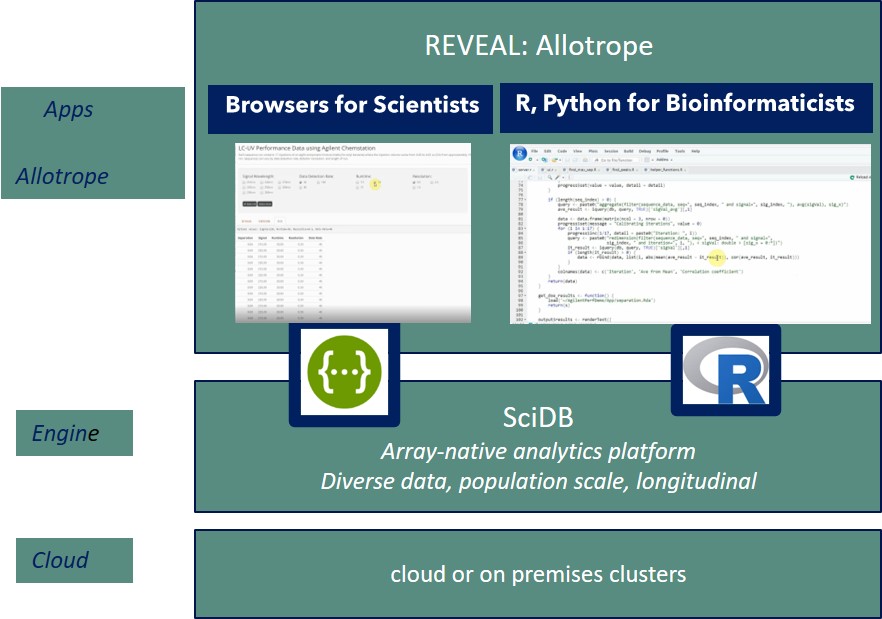Paradigm4 unveils analytical development data management tool to unlock Allotrope data format ‘treasure trove’
Paradigm4 has unveiled its scalable solution for efficiently working with the Allotrope Data Format (ADF).
Addressing the vital economic challenge of uncovering new critical quality attributes (CQAs), Paradigm4’s REVEALTM Analytical Development app enables data analysts to bring together chemistry, and manufacturing and controls (CMC) data ranging from viscosity and imaging, to particle size, into a platform that can facilitate fast, retrospective analysis and modelling with minimal compute resources. The app is built on top of Paradigm4’s novel computational database engine, SciDBTM, which is purpose-built to handle large-scale heterogeneous scientific data. By allowing computation on data within the database itself, the REVEAL app simplifies compliance.
Paradigm4 presented LC-UV instrument performance data to show how REVEALTM Analytical Development complements the ADF through incorporation of its features into an array-native scientific database management platform, mitigating the challenges posed by in-memory processing of large datasets stored in files. The app also enables data selection and computation from imported ADF files using Python and R APIs.
Zachary Pitluk, Ph.D., VP of Life Sciences and Healthcare at Paradigm4, commented: “The ADF addresses some critical needs in complex data management: uniform storage of diverse types of scientific instrument data and associated metadata, and giving researchers the ability to develop consistent and integrated data processing and analysis pipelines. It is vendor-, platform-, and method-agnostic, and has the capability to store datasets of nearly unlimited size and complexity in a single file, organized as single or multiple n-dimensional arrays. ADF offers a real treasure trove of information, but it can take a large amount of time to extract, transform and load data. Our REVEALTM Analytical Development app natively stores data as multi-dimensional arrays, where each array element can hold an arbitrary number of attributes of any data type. It also supports in-database computation through optimal implementation of algorithms at scale (e.g., regressions, Principle Component Analysis (PCA)), and provides provenance and reproducibility by being an ACID database system.”






